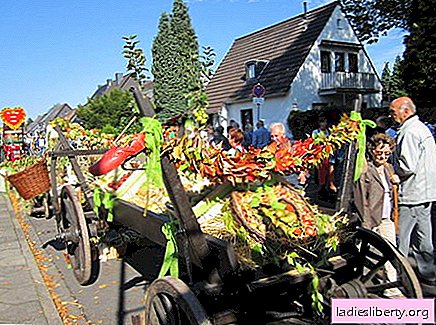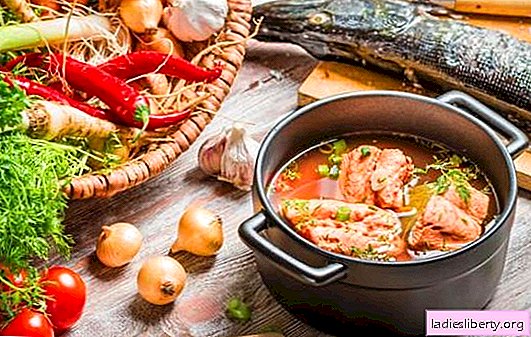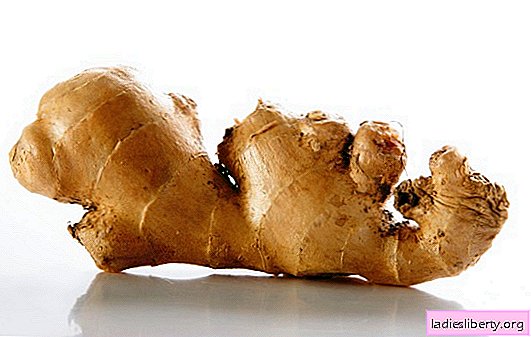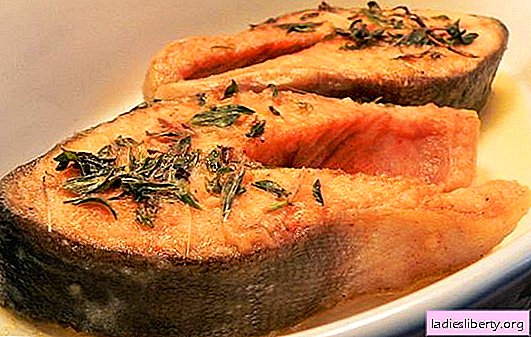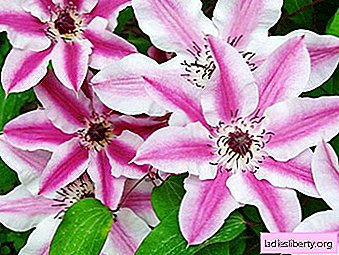
Kind Clematis (Clematis) from the ranunculaceae family includes up to 300 species of plants having various shapes, colors and sizes of flowers, which makes them very attractive to gardeners. The Russian name for clematis is clematis.
In Europe, clematis began to be cultivated in the 16th century, and it comes from Japan, where its cultivation has a very long history. In Russian greenhouses, this plant appeared at the beginning of the XIX century, but it began to be actively cultivated only by the middle of the XX century. Today clematis is one of the most popular plants for vertical gardening and has many beautiful varieties and forms created as a result of selection work.
Clematis is a perennial herbaceous vine with woody stems and flexible shoots rising to a height of more than 3 m. Depending on the size of the flower, clematis are small-flowered (with a flower diameter of 2-5 cm) and large-flowered (with a flower diameter of 5-15 cm). They bloom profusely and for a long time, up to 3 months, and with good care on one bush, up to 500 flowers can bloom at the same time, which can have white, yellow, pink, raspberry, cherry red, bluish and violet color.
All this leads to the widespread use of clematis in decorative landscaping. Amazing compositions with all kinds of color combinations of clematis look most impressive.
Clematis - growing and care
Clematis is a photophilous plant, so they should be planted in sunny places, protected from the wind. For good development of plants and abundant flowering, they need water-permeable, loamy, slightly alkaline or neutral, fertile, well-fertilized and loose soil. On saline, moist, heavy, acidic soils, clematis does not take root. However, you need to consider that fresh manure can only harm the plant.
Clematis is very sensitive to excess moisture, so areas with closely spaced groundwater are also not suitable for their cultivation. In this case, you can plant the plants on the mound of additionally poured soil, otherwise their roots, which reach a length of 1 meter or more, will rot. In clay soil, a drainage groove should be made from the clematis planting site to drain excess water.
These plants respond very gratefully to top dressing, which must be carried out at least four times per season. To do this, use a complete mineral fertilizer with trace elements, which is taken in an amount of 20 to 40 grams. on 10 l of water. Mineral and organic fertilizing should be alternated.
Since clematis is very sensitive to overheating and dryness of the soil, after the first spring watering and loosening of the planting, they are mulched with peat, humus or sawdust.
Clematis - transplant and reproduction
Landing and transplantation of clematis is carried out from the third decade of April to May 15, but you can also do this at the end of August - September. Planting should be preceded by digging the soil to a depth of about 60 cm. Drainage should be put on the bottom of the pit, the layer of which should be about 10 cm (for it you can take broken brick, stones, etc.). Large-flowered plants in a row should be separated by about 0.8-1.2 m from each other, small-flowered plants by 2-3 m. When planting or transplanting clematis in the planting pit, superphosphate (3-4 tablespoons) and full mineral fertilizer should be added with microelements (2-3 tbsp.spoons), as well as humus or compost (1.2-2 buckets). In acidic soil, add 100 gr. slaked lime or wood ash (up to 3 glasses). The root neck during planting should be dug by 8-10 cm for young plants and up to 15 cm for adults, with this planting the plant roots will not freeze in winter and will not overheat in summer.
Also, when planting or transplanting, you must immediately install the supports for the vines, so that then you do not injure the root system.
Clematis can be propagated vegetatively (by dividing bushes or propagating by autumn and summer layering), and by seeds. At the same time, the seed propagation method is not suitable for hybrid large-flowered clematis, because the seedlings obtained in this way have no maternal properties. Therefore, it is recommended that seeds propagate only species small-flowered clematis.
To divide the bushes, clematis is taken under the age of 7 years, since in older plants it is very difficult to separate a powerful root system. After digging up the plant bushes, they should be freed from the ground and cut into pieces with a pruner or knife so that each plant has buds on the root neck.
In order to get layering for propagation, in October all leaves and the faded part should be cut from the shoots to a well-developed bud. Having connected the shoots in a tourniquet (you need to do this very carefully), they are laid in grooves, pouring a layer of peat from above and below. Further, having compacted the earth from above, the plant is well covered, and the next year it is often and abundantly watered. When sprouts appear, the soil surface should be mulched with humus, moss, peat, and by the autumn these young sprouted plants can be used for planting. It is possible to lay layers in the spring, but then there is a danger of their freezing out in winter cold.
Clematis - Diseases and Pests
Most often, clematis can get sick with gray rot, fusarium, brown spotting, rust, powdery mildew, wilting (wilt). The last disease for the plant is especially dangerous. This infection leads to a sudden and rapid wilting of young shoots and even the entire aerial part of the plant. The disease penetrates into it through the damaged base of the shoots. If this happened, then it is necessary to trim and burn the affected shoots or even the whole plant, and to treat healthy residues and soil, use a solution of foundationazole, potassium permanganate or a copper-soap emulsion (it is prepared from 10 liters of water, 20 grams of copper sulfate and 200 soap bar).
Prevention of fungal diseases of clematis consists in the implementation of soil cultivation and the base of shoots with a solution of foundationazole (20 g per 10 l of water) in the early spring and before the autumn shelter.
Also, clematis can be affected by pests: aphids, spider mites, slugs, snails, caterpillars, bears, mice. But the most dangerous pest for the plant is the gall nematode. Her small worms, rooted in the roots, parasitize in them. This can lead to a deterioration in the growth of clematis, the death of roots, the shredding of flowers and even the death of the plant. Plants affected by nematodes are subject to immediate destruction, the soil at the place of their growth should be treated with nematicides. Clematis is not affected by nematodes if it grows in the neighborhood of marigolds, calendula, parsley, dill, coriander, watercress.

